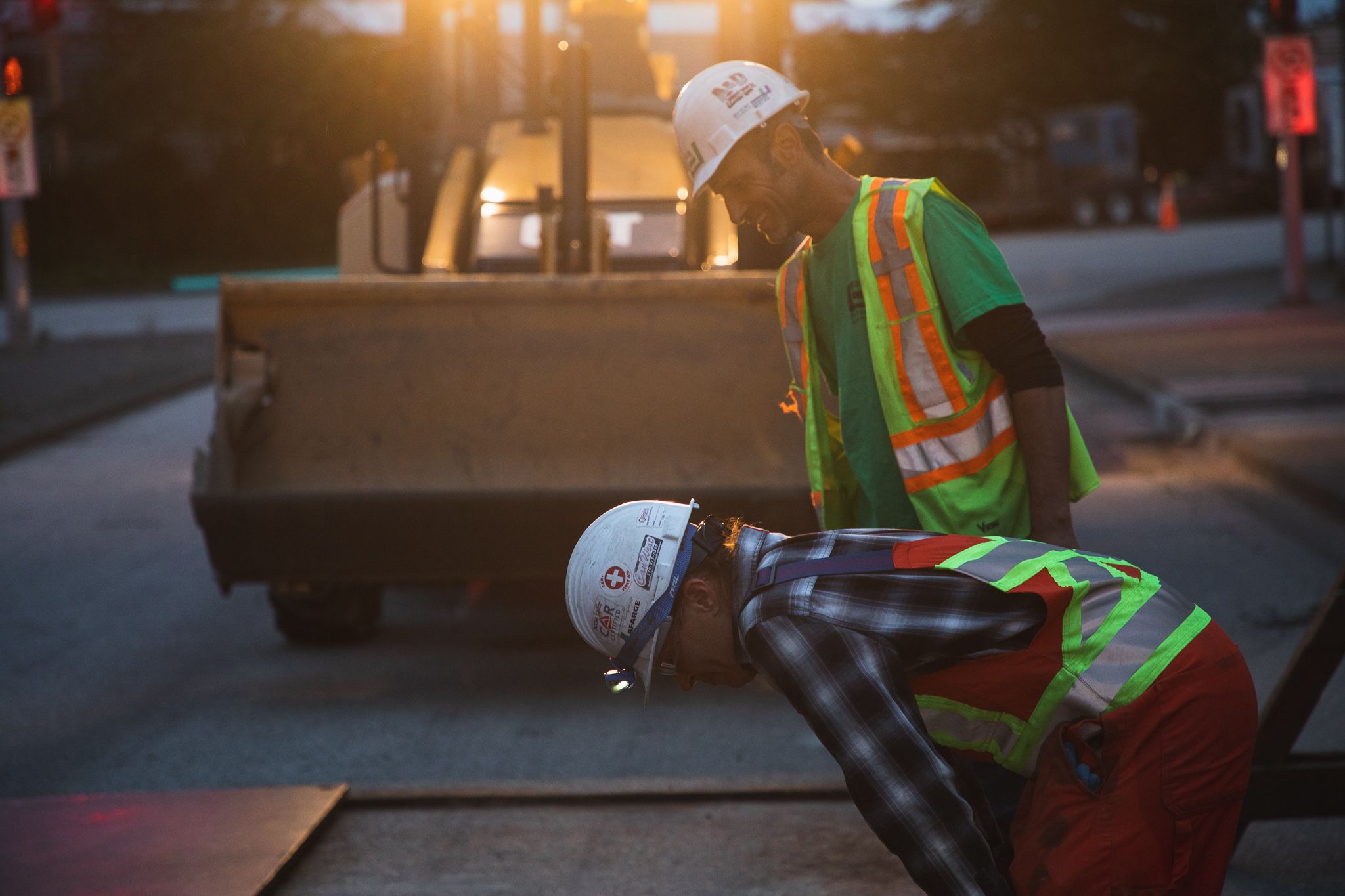Jobsite Safety 101: Avoiding Common Risks for a Productive Project
Commercial and residential projects throughout the city of Texas require both the appropriate rental equipment to complete the job as well as workers who practice jobsite safety. However, construction, demolition, installation and operational projects involving the use of heavy machinery can create a range of risks to workers, equipment, buildings and pedestrians. Identifying these risks and taking the necessary steps to avoid them can keep your city project running optimally while keeping workers and the general public safe at all times.
Common Risks at Commercial Job Sites
Commercial job site risks will vary based on the type of operations that are being performed. For example, some common risks for construction sites involve trip and fall accidents from high places, scaffolding collapses, and workers dropping tools and equipment onto people on the sidewalk. In addition, a range of mishaps can occur with heavy equipment where workers or pedestrians on foot may be struck by heavy equipment being driven around the worksite, or weather can cause ground conditions to become slippery and unstable.
When installing of city water and sewer systems, gas lines or buried electrical cables, excavation walls can collapse. Ground conditions that have been soaked from snow or rain can also lead to heavy equipment sliding or sinking in mud.
Common Risks at Residential Job Sites
Working at residential construction sites can pose many of the same dangers as at commercial sites. The use of heavy equipment around a more confined space can lead to accidental damage to property or individuals. Workers can fall down stairways and ladders. Also, there are many hidden dangers based on the type of work being performed.
For example, many Texas homes were heated with oil supplied from underground storage tanks up until the 1960s. If working with heavy equipment in the yard, the machinery may come in contact with these storage tanks that can leak hazardous materials into the soil or into drinking water supplies. In addition, a storage tank also can create a fire hazard.
Avoiding Commercial and Residential Job Site Risks
To avoid commercial job risks, supervisors, contractors, and engineers need to establish risk assessment policies and procedures. They should have workplace health and safety manuals as well as training programs so workers are aware about the potential job site risks and how to spot the issues so that the problems can be reported.
All workers should be trained on how to use heavy equipment and PPE. There should be an operational checklist that construction workers follow to manually inspect equipment before it is put into use. In addition, there should also be best practices in regards to how workers and equipment move about the jobsite. Workers can be trained to direct foot traffic and heavy machinery traffic flow to prevent people from being run over by machinery as well as to prevent equipment from damaging buildings.
Other Safety Tips for Operating Heavy Equipment
Periodically, heavy equipment should be audited based on maintenance and use schedules. Old and failing equipment and tools should be decommissioned while machinery that has malfunctioned should be placed into a special area for repairs. If any heavy machinery malfunctions while in use, workers should not continue to operate it just to get the job completed, as this can increase the risk of worksite accidents. Adhering to these safety measures will help improve your safety plan and make a more efficient and productive worksite for everyone.
To avoid heavy equipment issues, many companies obtain rental machinery from Rent1. We offer backhoes, excavators, skid steers, front end loaders, compact track loaders and many other machines that are delivered directly to the jobsite. All machines are well maintained as we offer fast an easy online ordering. In addition, we have trainer operators who can work on your large or small scale project. Reach out to our company when you are looking for heavy equipment rentals in the Greater Texas area.


